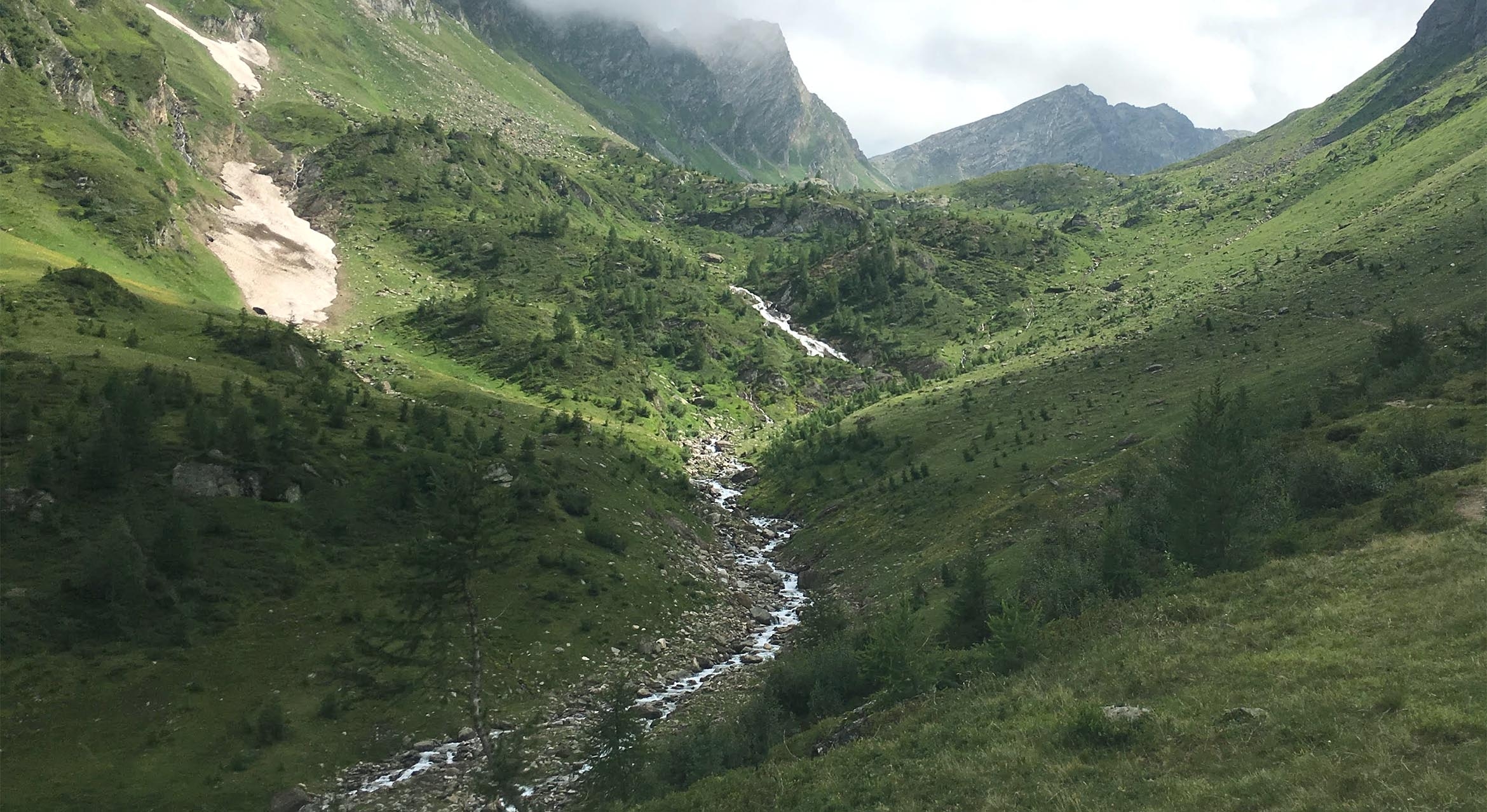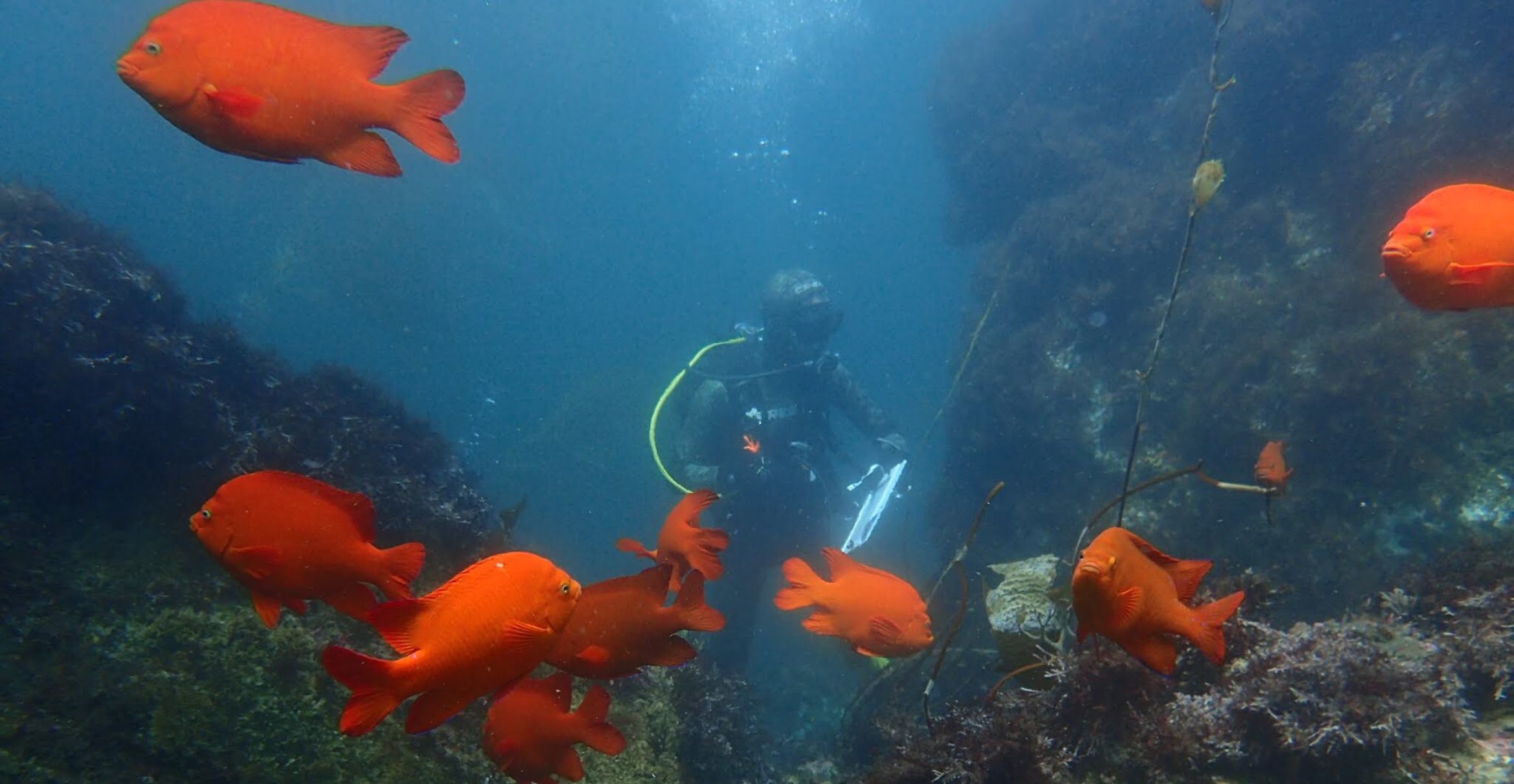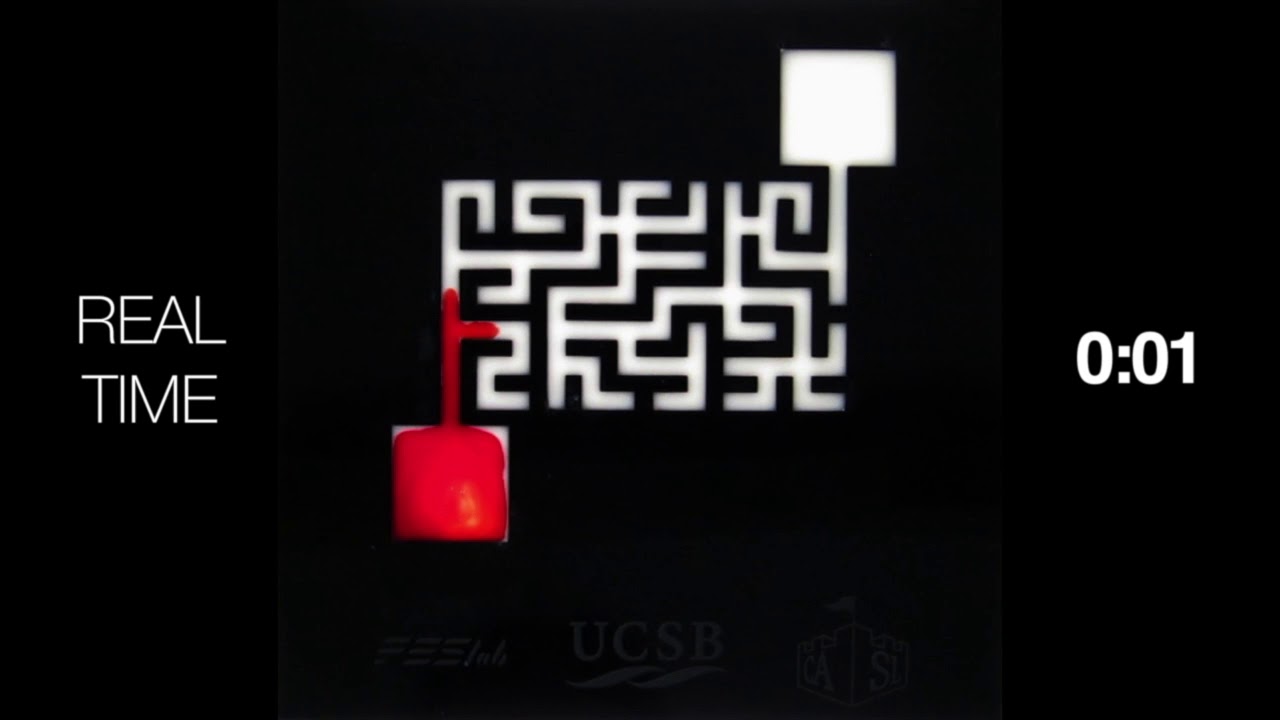What's Current in
Science + Technology
Image

Photo Credit
Jeff Prancevic
Streams like this one can run dry during periods of drought. This study provides new analyses to help predict when and where streams flow.
Image

Photo Credit
author Jennifer Caselle
California's network of marine reserves enables conservation and management without closing large areas of the ocean.
Image

Photo Credit
Jordan Strauss / AP Images for HHMI
Daniela Soto
Image

Photo Credit
Matt Perko
Meghan Morrissey
Image

Photo Credit
Courtesy
Film still from the documentary “Walk With Me” about Los Angeles designer Charlie Hess and his journey into early-onset Alzheimer’s.
Image

Photo Credit
UC Santa Barbara
David Tilman
Image

Photo Credit
Brian Long
Artist's concept illustration of a photonic memory array
Image

Photo Credit
Courtesy UCSB Engineering
Tinish Bhattacharya in his UC Santa Barbara lab.
Image

Photo Credit
Matt Perko
Differences in gene expression, not just their presence, seems to drive the remarkable specialization found in the human brain.
Image

Photo Credit
Brooklyn Stone
Noel the northwestern salamander hitched a ride on a Christmas tree from the Pacific Northwest to sunny Santa Barbara.


